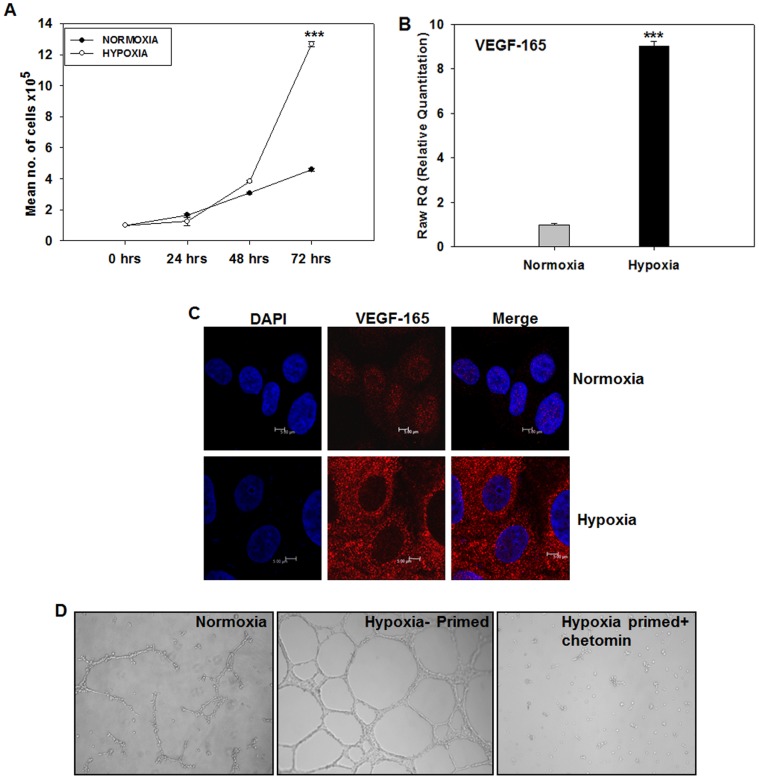Figure 2. HT1080 cells respond to hypoxia by up-regulation of growth-promoting cytokine, VEGF165. A.
Growth kinetics of the HT1080 cells was studied under normoxia and hypoxia. Cell proliferation rate was higher under hypoxic conditions as compared to the normoxic conditions. B. Quantitative PCR experiments were performed on the HT1080 cells incubated under normoxia and hypoxia for quantification of VEGF165 mRNA. The hypoxic cells showed ∼9 folds higher expression of VEGF165 mRNA compared to the normoxic ones (6 hours time point, N = 3, *** P<0.001). C. Confocal microscopy analysis of the cells incubated under normoxia vs. Hypoxia (48 hours) using an antibody to VEGF165 shows that the hypoxic cells secret this growth-promoting cytokine at high levels. Nuclei are demarcated by DAPI (Blue) D. Consistent with the high level of VEGF165 at gene and protein levels, the hypoxia-primed HT1080 cells undergo a robust tubule formation on growth factor-reduced matrigel (middle panel) compared to the normoxic cells (left hand panel). The tubule formation was sensitive to the presence of chetomin in the medium (right hand panel) indicating that the HIF1-α-mediated transcription is involved in the process. (Original magnification: 40 X).

